There are quite a few unusual terms bandied around in phonics, and these often muddy the waters and make it harder for parents and often teachers to understand how to teach it. The word ‘blending’ is definitely something you will hear a lot, but what exactly is it?
Blending in phonics is combining broken up sounds to make a word. For example, you hear ‘p-i-g’ and you merge these sounds together to make the single word ‘pig’. It is a key skill of early reading.
I have taught children between the ages of 3 to 5 over the last ten years, and I can categorically say that blending has been the biggest barrier to early reading I have seen (particularly for the 5 year olds). Many children learn lots of sounds, but then get completely stuck as they can’t do anything with them. The thing these children have not yet mastered is blending.
This article looks at what blending is, and the best possible ways to teach it. These things can be done at home just as much as at nursery or school. With just a few simple pointers most children can find success with blending, and become confident readers.
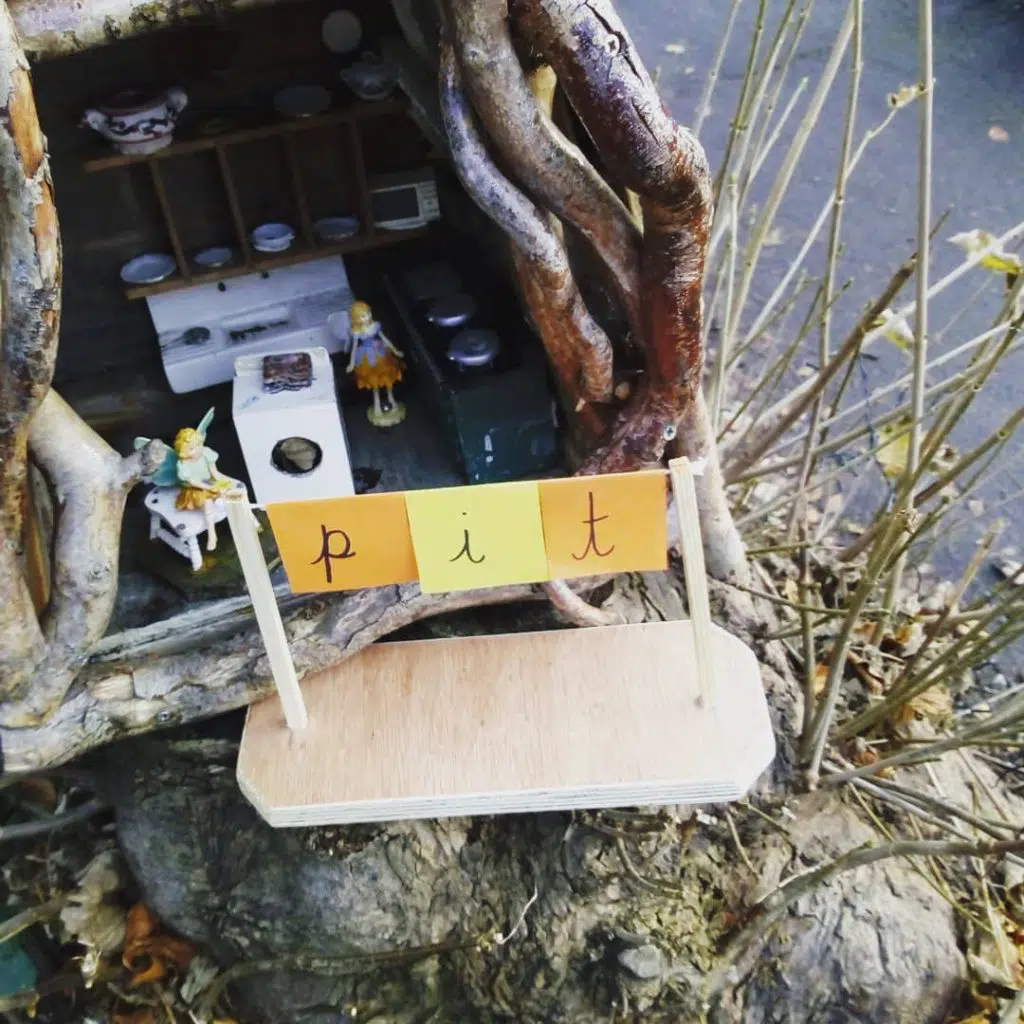
Blending In Phonics
Blending is a merging of the phonemes (sounds) that you hear in a split-up form. For example, you hear ‘c-a-t’ and merge it together to make the word ‘cat’.
What is a phoneme? The simple answer is that it is the sound that a letter makes. To read a full guide on what phonemes are then check this out.

There are two main types of blending – oral blending, and blending for reading.
Oral blending is merging the sounds you hear together in your head. You hear the sounds and say the word.
Blending for reading, involves first sounding out the word. You see a written word, e.g. ‘dog’. You say the sounds ‘d-o-g’ and then you are able to ‘blend’ them into the word ‘dog’.
As you can see the skill is basically the same thing – it is just done in a different context.
The idea is to start children off with oral blending. This is done with lots of fun games and activities, some of which I will describe in a few moments.
When children are getting reasonably skilful at these games, the next step is to attempt blending for reading. To do this stage, children will have to first know at least a few letters, probably ideally at least the first six which are normally – s, a, t, p ,i ,n.
When To Start Teaching Oral Blending
A key thing in teaching phonics is doing things at the right time. If you start children with blending when they are ready to do so, then many will learn in just a few days.
However, if you start too early it becomes a long drawn-out and grim process, and you can encounter lots of problems such as children beginning to guess or becoming fatigued with the whole process.
The best time to start oral blending is when children can:
- Join in with simple listening games
- Have some simple awareness of alliteration and rhyme
- Know some simple songs and chants
- Differentiate the sounds instruments make
- Can hear rhythm in spoken words
It is to be honest not an exact science in knowing when a child will be able to blend or not. But if they are confident in lots of areas of early phonics, then they are probably ready to give it a go.
A few games that are an indicator of if a child is ready are some of these:
- A child can copy an instrument when the same instrument is played out of sight
- A child can fill in a missing word of a rhyming string that they know. For example, miss out a word of a rhyming song and see if they fill in the missing word
- They can hit the sllables in words on drums or rhythm sticks
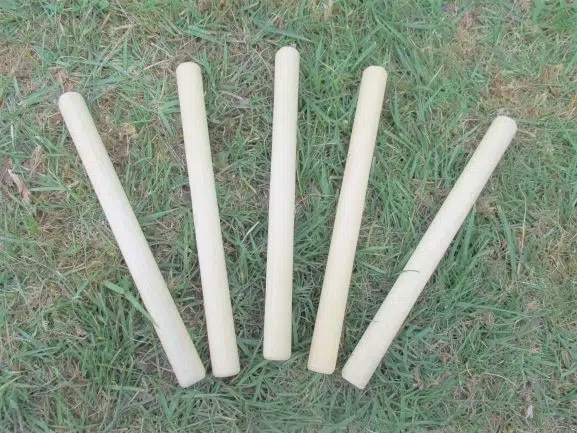
If you’d like to find some more examples of games you can try for early phonics, then why not check out some of these articles:
How To Teach Oral Blending
There are lots of exciting games you can play to get children going with blending.
The important thing is to make it fun, and bring it to life in different ways. Here are some excellent ways to get going:
Blending Stories
This is definitely my number one way to start. The idea of this strategy is that you need some kind of puppet. It could be anything – a teddy, or a toy, or a finger puppet, or some kind of larger puppet.
I love to use this monkey:
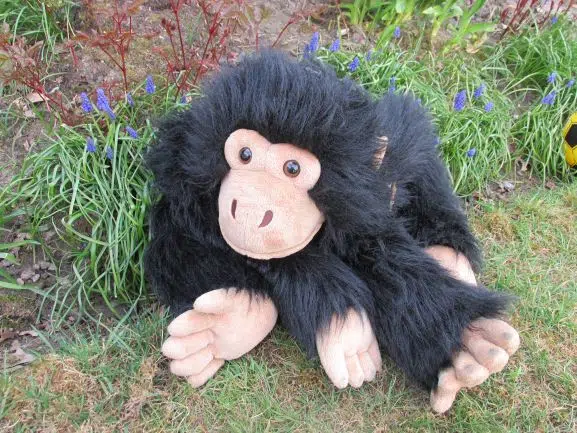
The idea is that the puppet tells a simple story. In every sentence of the story, the puppet will split up one word in sound talk, and the children try to guess what it is saying.
An example might be ‘Today Max the Monkey went on the b-u-s. Where did he go?’ Hopefully some children can hear that it is bus. (Even if they can’t just keep going – some will start to get it in the end after you have done this kind of story a few times)
‘On the bus he saw a p-i-g. What did he see?’ (a ‘pig’)
‘The pig was eating some bread and j-a-m. What was he eating?’
The idea of this game is that it gives children some context. The more clues you can give to children at this stage the better. Success breeds success!
I would do this puppet game every day for at least a week when you start off, and probably longer. The more repetition you can do with blending the better. A little and often approach is definitely the way to go.
Puppets are a fantastic resource for teaching many skills (check out my favorite 22 puppet games here).
Dress The Baby
They really love this one! The beauty of this game is that it has a baby in it, and babies are one of the most exciting things ever!
Have a baby and some pieces of clothing to put on the baby. It’s good if you select some clothing that is easy to sound out, things like a ‘sock,’ ‘hat’, and ‘coat.’

Pick a child to go first, and say ‘Can you put on the baby’s s-o-ck?’
See if they can put the sock on. Then say things like ‘c-oa-t’ etc. This game is great because there are only a few options. Also repeat it a few times and many will start to know how to blend the clothing choices.
Grumpy Cat Game
All you need for this game is some kind of evil looking animal. I used to use an old bull-dog toy. These days I use this Grumpy Cat:
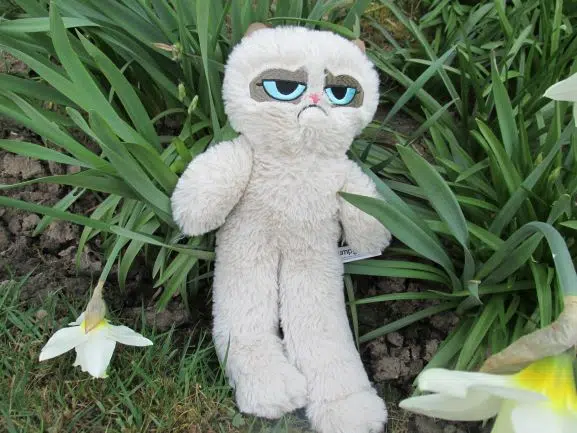
Get the children to stand up. The grumpy cat then gives orders. He does so in really bossy sound-talk with an angry voice!
For example, he says things like ‘Put your hands on your h-ea-d! Put your finger on your ch-ee-k!’
The children try to do what he says!
How To Teach Blending For Reading
When children have got at least started with oral blending, the next step is to begin using this skill to read words. There are many tried and tested strategies that will really help, and once again these are easily tried out in either school or at home.
Here are some the most popular strategies:
Sound Buttons
These are quite simply round dots that you put below each phoneme to be sounded out. For example, the word ‘sit’ would look like this with sounds buttons:

The idea is that you teach the children to point to one button at a time, and when you press it you say the ‘sound’ – ‘s-i-t’. Then you put your finger back to the ‘s’ button and sweep under as you say the word – ‘sit’. This takes lots of practice, repetition, and modelling.
Phoneme Frames
These are another brilliant way to start children off with blending for reading.
A phoneme frame is quite simply a rectangular grid. It usually has 2 or three boxes. In each box you put one phoneme that will make a word.
Here is an example of a phoneme frame:
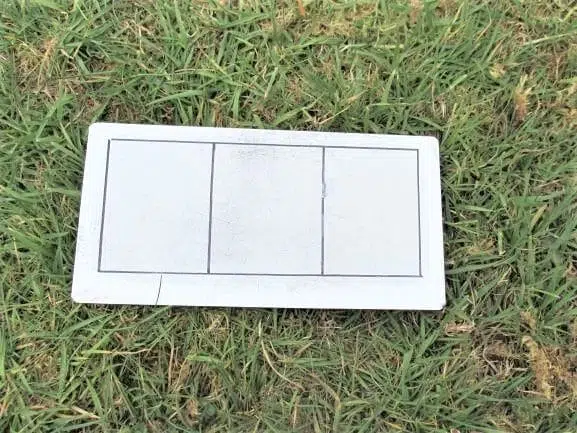
Phoneme frames provide a visual structure to build and then read words.
They are great to use with different random objects with sounds written on, for example stones, shells, bottle tops or wooden slices.
The frame itself could be painted or drawn on wood, on a whiteboard, on material, paper or card.
Different games you can do to start you off with blending include:
- Build a word. The children try to copy a word that an adult shows them, and then sound it out.
- The adult sounds out a word, and the children try to build it and then read it
Fun Reading Games
There are many ways of brining life to the process of blending for reading by tapping into children’s interests.
For example, if they love aliens, you could make these fantastic CVC aliens out of playdough and lolly (popsicle) sticks:

If they are a fan of trains, then why not put sounds on a track, and try to blend the word as the train runs over it?

If you want to find out some other ways of motivating young children, then check out this definitive guide.
Feed The Shark
This is a great posting game, perfect for children that like sticking things into holes!
Have some CVC words written on small pieces of paper. Have a box that has been decorated to look like a shark, with a mouth cut out. The idea is to ‘feed the shark!’
Read a word and post it into its mouth. (It doesn’t have to be just a shark, but could be a T-Rex, or a tiger, or anything else that likes eating lots)
Top Tips For Blending
Here are some crucial pointers to follow to make the process of learning to blend a reasonably swift and pain-free one. Of course it won’t be like this for all children, but if you can follow these guidelines you will be preparing for success for most:
1.Start At The Right Time
This is critical. Start when you think children have a fighting chance of doing it.
2. Commit
This is really important too. As educators we have to be resilient when teaching blending.
The first few times you try to introduce blending you will doubtless get some blank looks. This is completely normal. Blending is quite an abstract skill, and takes a bit of getting used to.
Commit! When you start, keep going. After a few days hopefully some children will start to get it. Then hopefully it will snowball and others will get involved too.
If you are a parent, the same applies. Your child almost certainly won’t get it straight away, but keep going and they should be able to pick it up. That light-bulb moment is an amazing thing to see, and the most important point in early reading.
3. Do It Every Day
A ‘little and often’ approach is definitely the way to go.
It is best to do blending for at least a few minutes every day, but do it daily. This will work much better than doing it for twenty minutes a day, once a week.
Children need time to get their heads round this, and daily practice is key.
4. Repeat Everything!
Repeat, repeat, repeat!
This means do the same games a few times. Don’t just do a story one day, grumpy cat the next, and then move onto something else.
Do a game for a few days at least. The more you do it the better the children become. Of course, the thing to watch out for is if they are getting bored. Try to avoid that! But as long as they are still enjoying the game, then do it a few times.
Also repeat words when you blend them. Don’t just say them once. Repeat them a few times so children get to grips with what is going on.
5. Bring It To Life
Use puppets, dances, and toys! Any drama you can think of to jazz the whole process up is definitely the way to go.
6.Give As Many Clues As You Can
When you do games, try to get the children to have as much success as they can. Some good ways to do this include:
- To start with try to say the words quite quick when you split them up. This way they almost sound like the word. You can slow it down a bit as they get better
- Use games with a few objects. This limits the number of words that you are blending and so they have a higher chance of guessing the right word
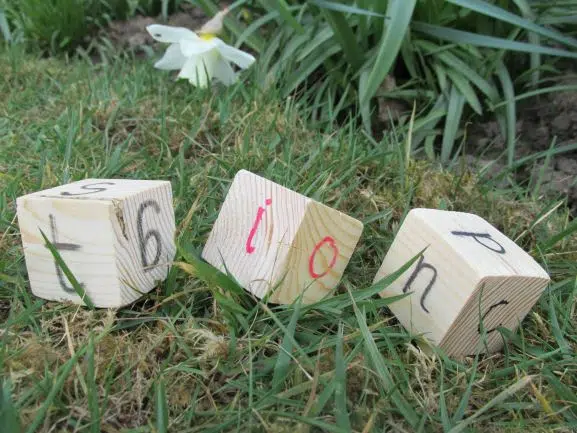
Issues To Look Out For
There are a few common stumbling blocks that it is worth looking out for. Some of these include:
1.Guessing
This is the biggest problem to avoid. You never want children to guess.
For example, in a group activity, if you say ‘The fox ran up the ‘h-i-ll’ – some children might call out ‘street’.
This can be dangerous, particularly if the child is quite loud or influential in the group. Others will start to copy, and could become guessers too, even if they were starting to blend before this.
Try and stop this if you can. Model how to blend the answer, and all practise saying the correct word several times.
If you have an extremely loud guesser, it may be a good idea to remove them for the group for these blending activities and do some 1-to-1 work with another adult on this skill (if this is a possibility).
2.Not Articulating Sounds Clearly
This is a speech and language issue, that can have quite an effect on a child’s ability to blend.
Sometimes children can ‘hear’ the right word, but sometimes they can’t say it. This is less of a problem, and won’t have much impact on reading.
The bigger problem is where they ‘hear’ the sounds wrongly, and this impacts on them not being able to blend or say words.
The only way round this is through speech and language games and therapy. Early phonics games are also excellent for developing the correct speech articulation of sounds.
3. Getting The End Sound Wrong
This is an issue for lots of children. They hear ‘p-i-g’ but say ‘pit’ or something similar.
The thing here is that they are not far away. They are on the path to mastering blending, so just keep going with the practice.
Some Questions About Blending Answered
Should You Teach Blending Or Segmenting First?
I would say the answer to this is definitely blending.
I wouldn’t start with blending and segmenting at the same time. This can be quite confusing.
The best way is to pick one, teach that, and then start the other skill about a month later.
I would start with blending because I think the emphasis in phonics to start with is definitely reading. The process is normally speaking then reading then writing. So build up oral blending skills first, then move on to blending for reading. Segmenting should come slightly later (though most children will be ready for both at the same time).
For a full guide on this question, then check this article out.
What Age Should Children Begin To Blend?
This is really dependent on different children.
I have seen some three year olds start to blend, but this is quite unusual.
For most children, they are ready to do it somewhere between the age of 4 to 5. Some children may be 6 or even older.
Children with special needs may be significantly older than this, or never really learn the skill.
What’s The Difference Between Blending And Segmenting?
Blending is the key skill for reading, and segmenting is the crucial part of writing.
Blending is merging the sounds to make words. For example, you hear ‘d-o-g’ and combine it to make ‘dog’.
Segmenting is separating words up into their sounds. For example, for the word ‘pig’, you split it up into its sounds – ‘p-i-g. Pig!’
Conclusion
I hope this article has really helped you understand what blending is and also how to teach it.
Behind the confusing terminology of phonics, most of the ideas and processes are quite straight forward. All that is required is just a bit of imagination and a few fun games to spark the children’s interest.
Good luck with blending! It really is the key skill of early reading for many children, but if they master this then often there is no stopping them in becoming independent and successful readers.
READ MORE
